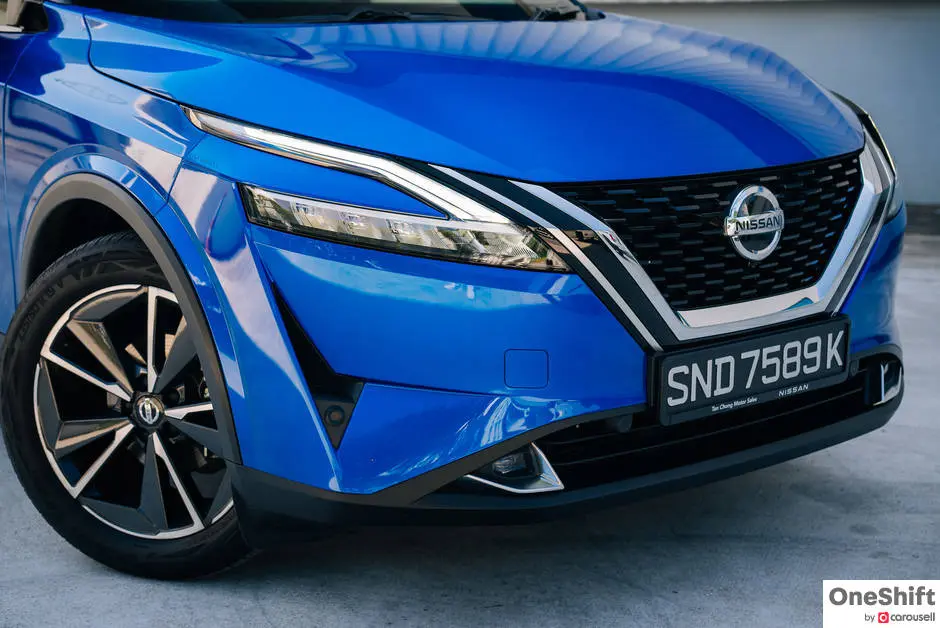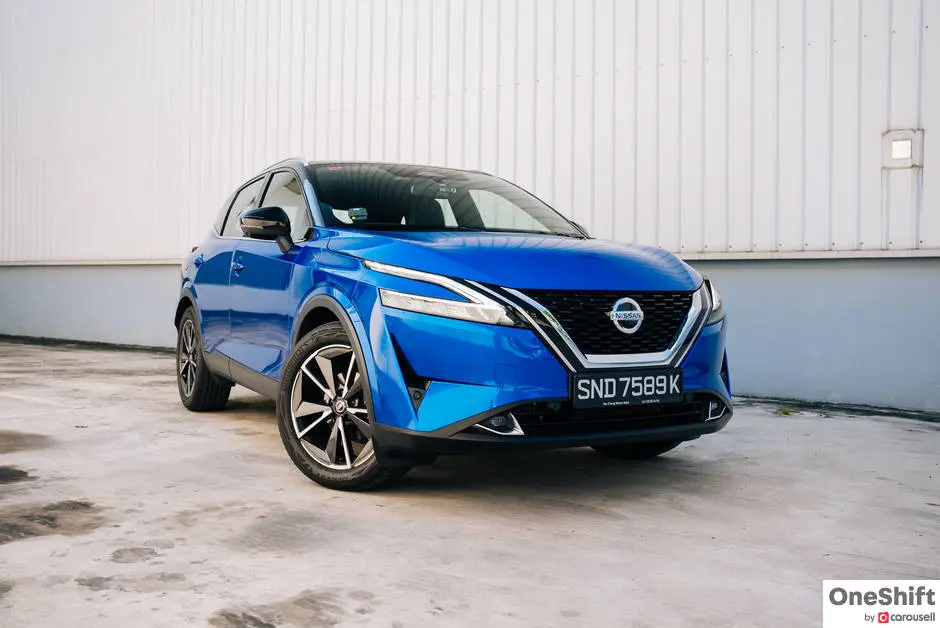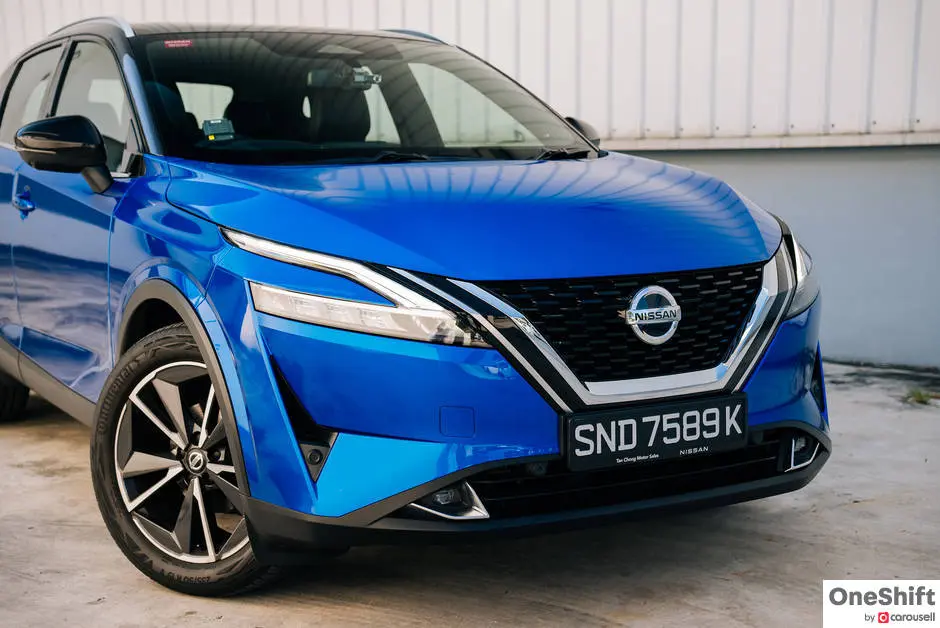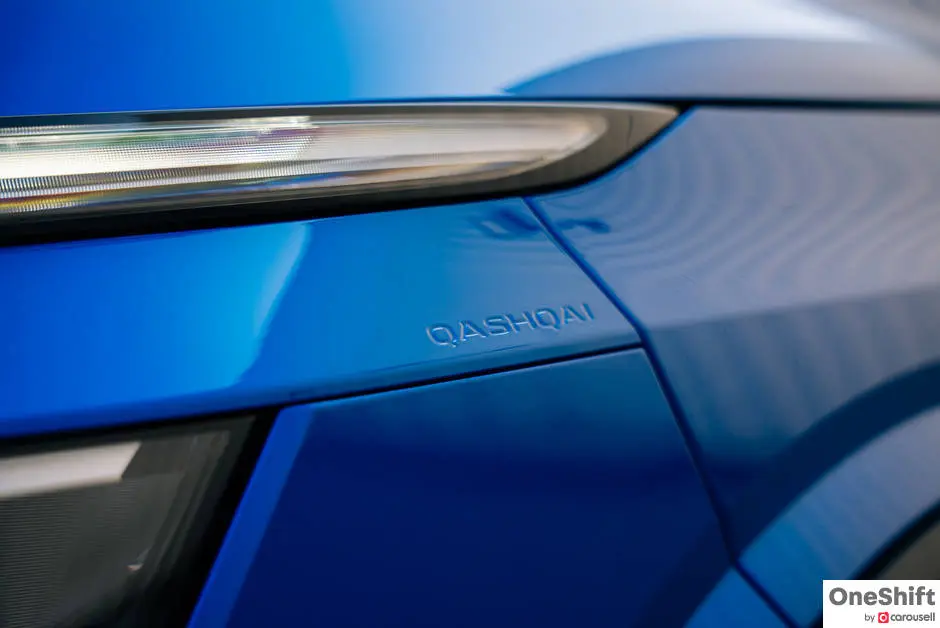Qashqai 1.3T M-Hybrid Prestige Review: Upping The Ante
Gone are the generic, forgettable looks - the new Qashqai looks handsome and sophisticated especially with its two-tone colours and restrained modernity. Has the drive improved as much as its looks?







When I was living in the UK, the 2nd generation Qashqai was a big deal. Built in Sunderland, it was seen more like a British car with a Japanese badge rather than a Japanese car built in the UK. It was wildly popular and won the hearts and minds of journalists and consumers there.
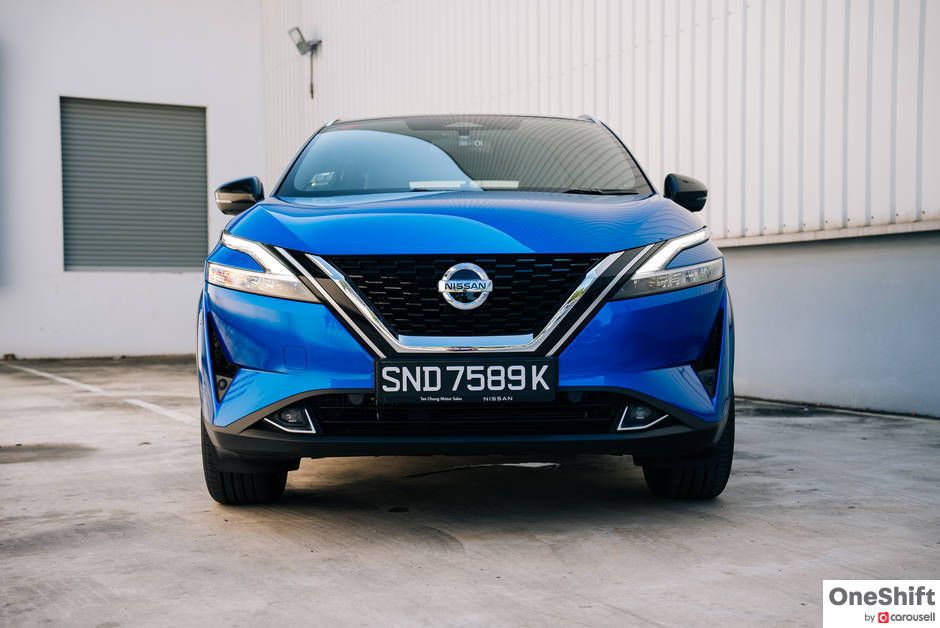
I could see the appeal, but it is no match for the 3rd generation car, which very nearly completely won me over. Gone are the generic, forgettable looks - the new Qashqai looks handsome and sophisticated especially with its two-tone colours and restrained modernity. No need for oversized grilles or headlights here to make a point. There are also interesting design details that reward the easter egg hunter, like the embedded ‘Qashqai’ typeface on the fenders and the LED headlamps.
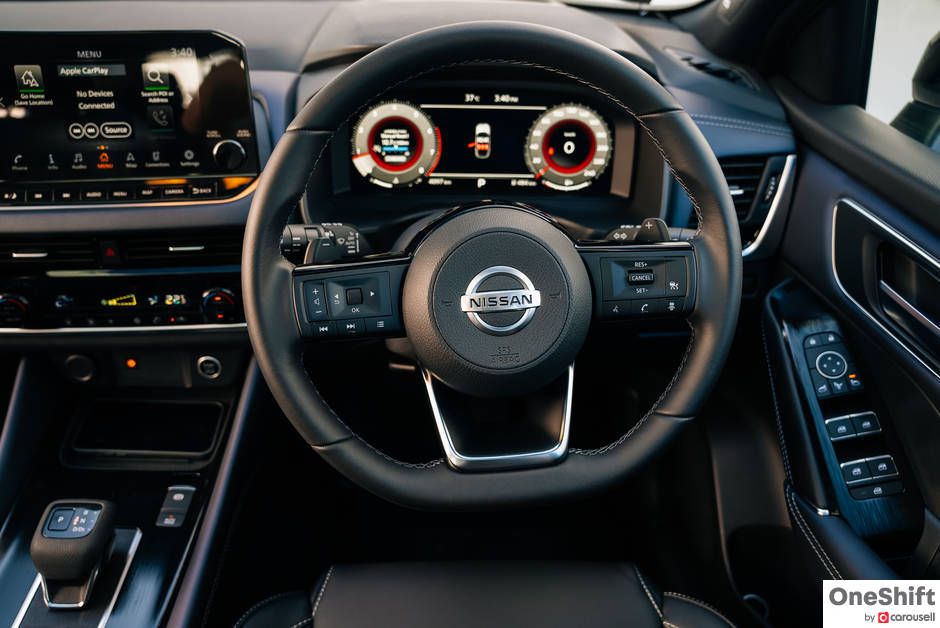
The interior is pleasingly up-to-date without being intimidating too. There is a subtle blue contrast leather on the dash and doors that can almost be missed at first glance, while soft nappa leather on the seats feel genuinely expensive, even though they are locally fitted. The infotainment system is in-house from Nissan (not dissimilar to the one in the Kicks) which is dead easy to operate, as is the onboard computer. Premium touches include a head-up display and, when it turns to night, soft ambient lighting.
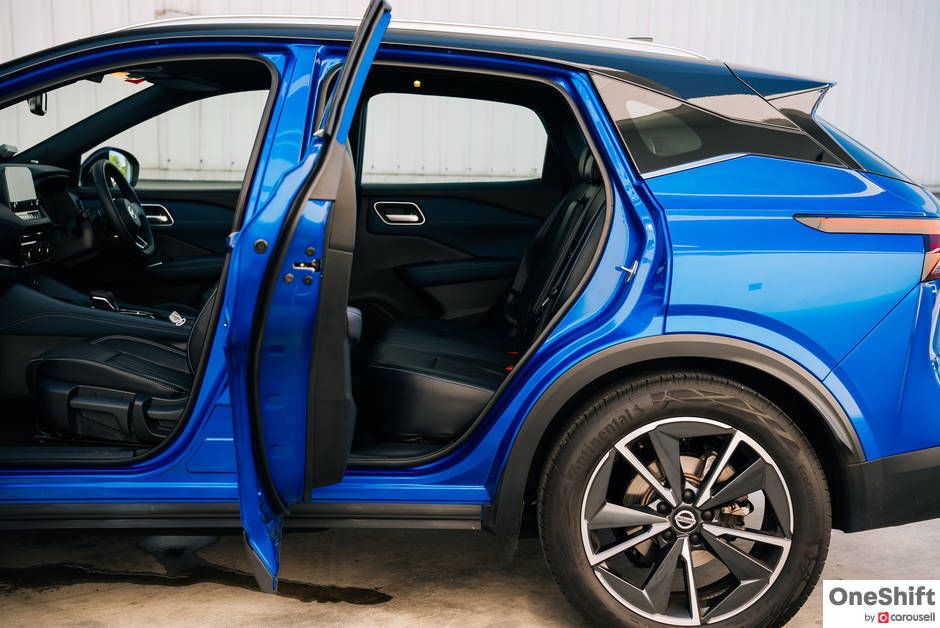
There are some thoughtful features that really elevate the Qashqai from the norm. Its rear passenger doors open up to 87 degrees, for example, to allow easy access. Its boot floor is split into two pieces so you can partition it as you wish. There are also both conventional USB as well as USB-C ports to ease the transition. Nissan really thought about the customer and this is a big positive.
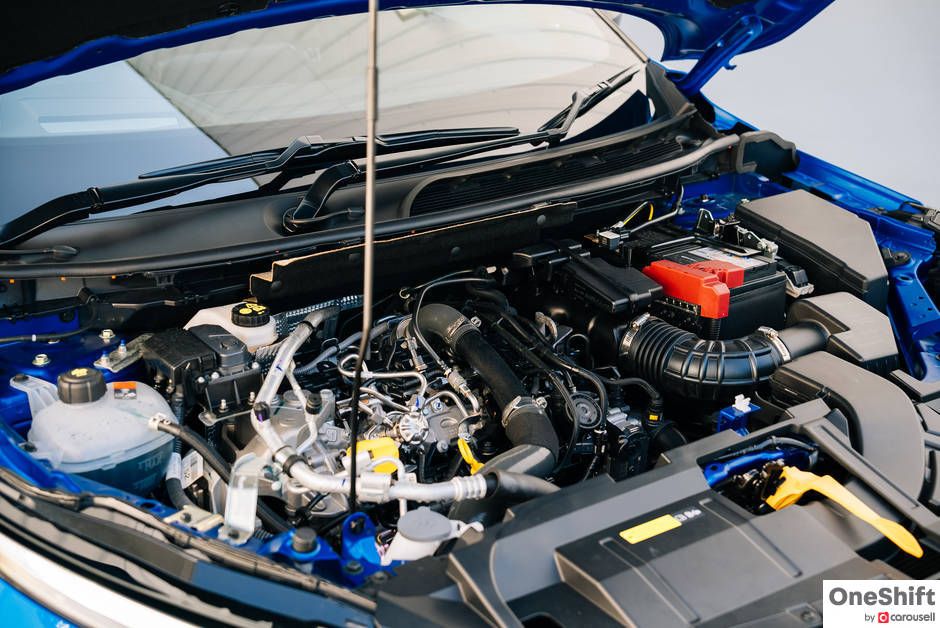
The Qashqai uses a 1.33-litre turbo engine. If the displacement sounds familiar, it’s because it’s also used in Renault and Mercedes vehicles. I first sampled it in the CLA 200 Shooting Brake and, despite what the purists may say, I found it to be a rather good 4-pot that’s smooth and peppy. In the Qashqai it is paired with a 12V mild hybrid system that’s discernibly adding to the driving experience. Acceleration is surprisingly brisk and that’s where the electric boost comes in to aid the ICE engine. It’s a really pleasant experience, but I can’t help but wonder if the e-POWER drivetrain would be even more exciting. According to Nissan, they’re working to bring the Qashqai e-POWER in by 2023.

What probably helps the little engine to work a little less hard is the new chassis, which is a mix of composite materials and aluminium doors. The result is 41% more rigidity and 60 kg less weight versus its predecessor. You wouldn’t be able to see the hard work put into engineering this, but it all adds to the drive. On the road, the car is refined and comfortable. Which is really all that’s needed for a Qashqai.

Overall, the Qashqai really appeals and elevates Nissan even further upwards after its strong line-up of the Serena, Kicks and Note. I can’t wait to sample the e-POWER variant which would probably be my pick.
Credits: Text by James Wong; Photos by Horizon Drivers' Club

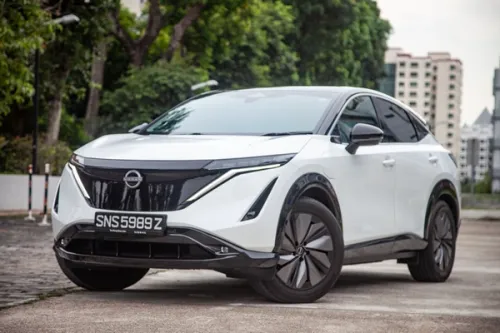
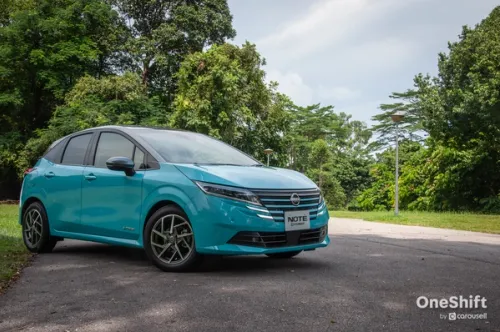





Get the Best Price for your used car
from 500+ dealers in 24 hours

- Convenient and Hassle-Free
- Consumer Protection
Transparent Process
With No Obligation

